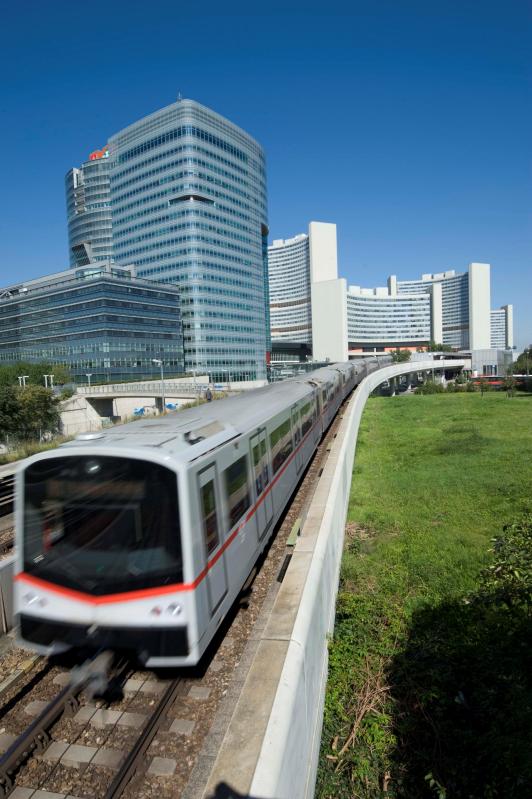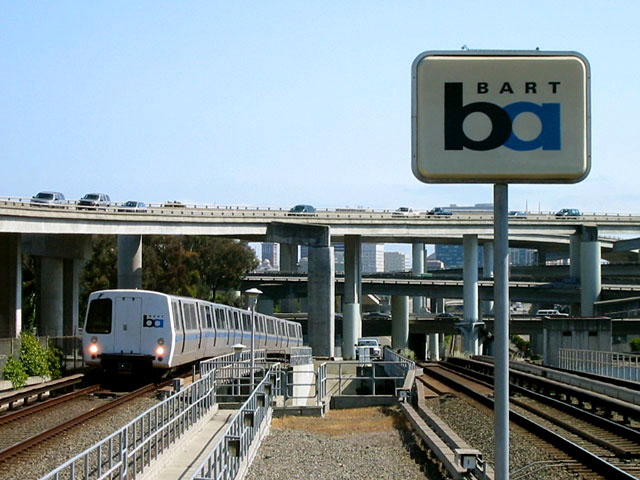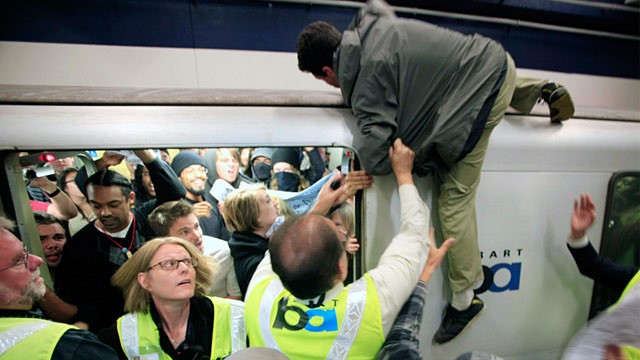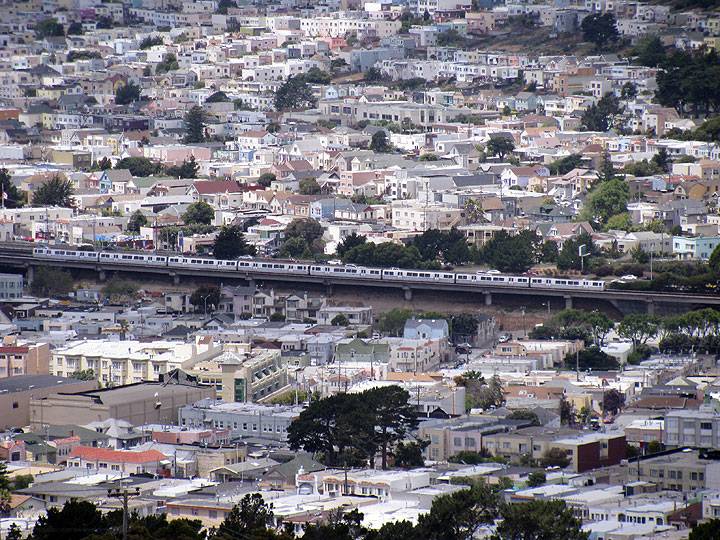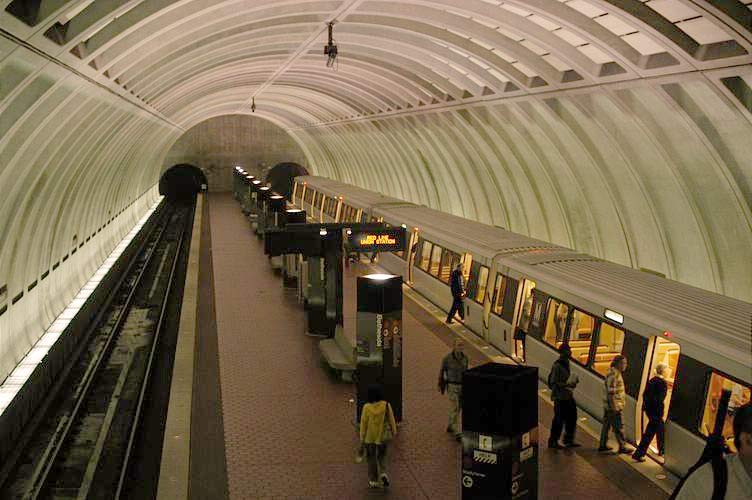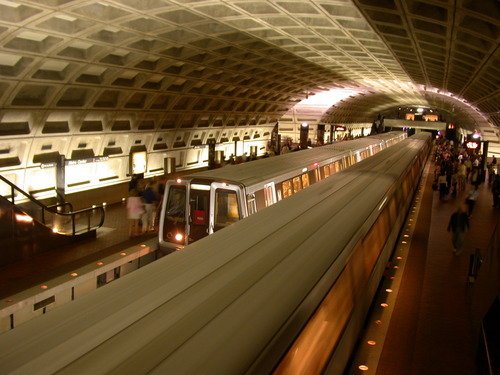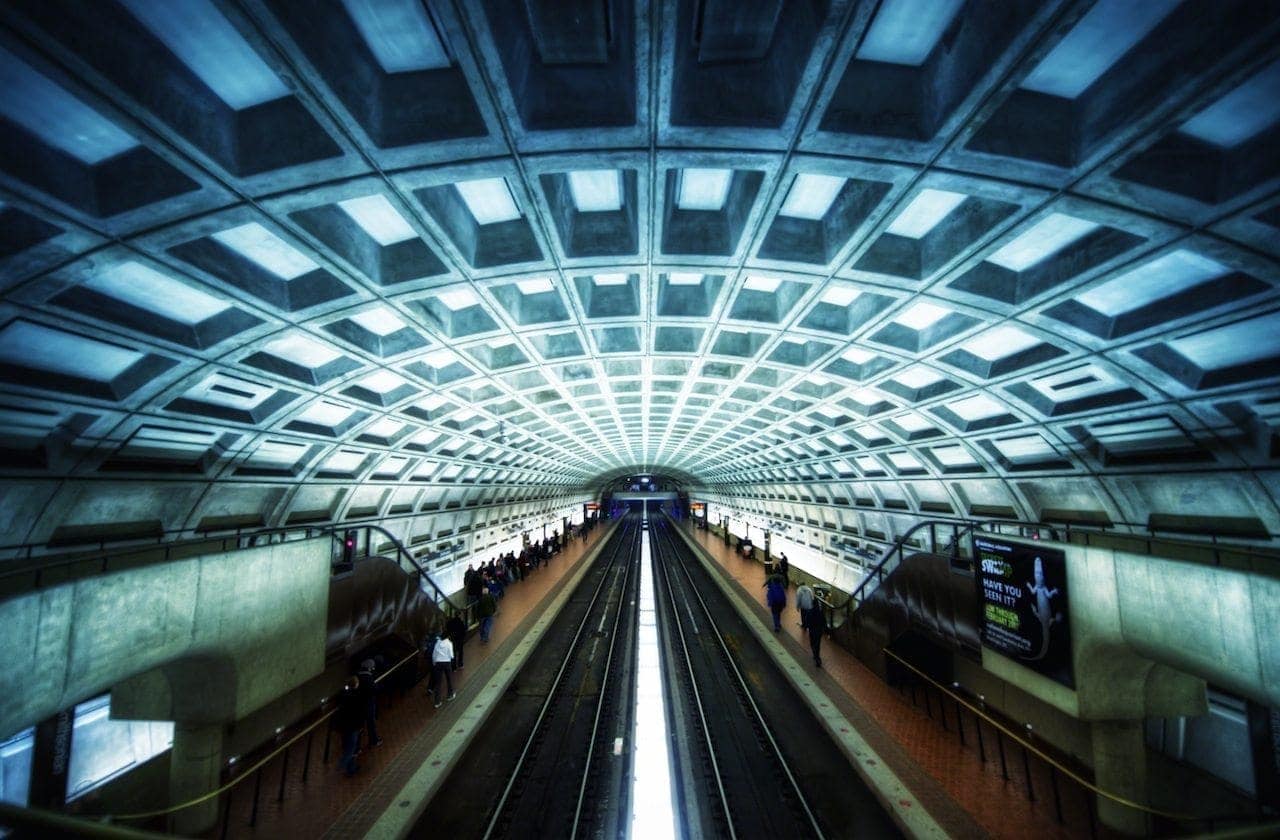A lako ćemo da uporedimo cene sa susednim gradilištem "metro konstrukcije" mosta na adi..naravno bez cene elektomašinskih radova to ide kao posebna stavka i za tunel i za stubove..samo čekamo da nam stigne završni račun :wink: Ako ikada stigne..
Kod nas bi gradnja tunela trebala da bude jeftinja od mnogih gradova zbog prednosti jeftine r.snage i materijala,
grad neplaća sebi za zemljište jer u javnom vlasništvu,naravno ima razike u ceni plitkog i dubkog tunela,krtica ili kopanje u otvorenom rovu..
Iz grafikona vidim da ne postoji univerzalna cena po kilometru već sa procenjuje za svaki grad pa negde možete za istu cenu da sagradite duplo kilometara.. :kafa:
Pogledajte šokantnu razliku u cenu Londonskog Crossraila i Barcelone.. :wink:
There‘re few issues more likely to get the juices flowing than debates about the cost of transport projects. How is it, public transport advocates ask, subways can be built in Spain for $40 million per km, but in Australia and the US its hundreds of millions of dollars per km?
Or why have new rail projects been built in Perth for a fraction of what governments say they will cost in Sydney, Brisbane and Melbourne? The Perth to Mandurah rail line has more than 70 km of rail line, ten stations and a tunnel into the city centre, and was constructed for a claimed cost of around $1.7 billion. Yet in Melbourne, for example, a 3 km rail extension from Epping to South Morang is costing around $560 million.
Americans are just as concerned as we are about why they’re paying more for new transport infrastructure than other countries. Alon Levy at Pedestrian Observations has put together a table of comparative costs of selected subway projects in the US, Europe and Asia, adjusted for differences in purchasing power (see exhibit). Clearly caution is required in interpreting the table, but some of the differences are extraordinary.
New York costs are the shocker, but look also at the proposed Crossrail project in London. The 22 km of tunnelling required for the project is estimated to cost $1,000 million per km, whereas the 5.8 km Sants to La Sagrera tunnel under central Barcelona completed last year cost only $40 million per km. (Differences in the length of projects only have a minor relationship with per kilometre cost, at least for this sample – and if New York were removed on the argument it’s an outlier, there’d be no relationship).
Alon Levy doesn’t address in any detail why there are such large variations, but he points out that although labour costs are generally lower in developing countries like China, so is productivity. Further, while the high Japanese costs are probably due to strong property rights, Italian costs are much lower than US and UK costs despite weaker institutions.
Some of the reasons the cost of projects differs are shown by an analysis undertaken a few years ago by Toronto transit advocate Steve Munro. He analysed a report by transit agency Metrolinx comparing the cost of tunnelling for Toronto’s new 6.4 km Sheppard Subway with that for the new 40.5 km MetroSur line in Madrid. Madrid is a popular benchmark because it has literally built hundreds of kilometres of new heavy/light rail lines over the last 40 years.
After adjusting for differences in how land acquisition is costed, he says the respective costs of Sheppard and MetroSur were $142.5 million per km and $87.1 million per km. Both lines opened at the same time. The key differences Mr Munro identifies are:
•No environmental assessment was conducted on MetroSur
•The standards for fire safety are more stringent on Sheppard
•Stations are 50% longer on Sheppard
•Non-tunnel construction was undertaken 5×12 on Sheppard, compared to 7×24 on MetroSur
•Sheppard was built with dual tunnels, MetroSur with a single tunnel. Mr Munro says “the trains in Madrid are smaller and require a smaller combined tunnel than would be the case in Toronto. Single tunnels eliminate the need for cut-and-cover box structures at crossovers and effectively reduce the scope of excavation at stations where these crossovers are located”.
•The use of cut-and-cover tunnelling on Sheppard was confined to stations, but it was used for 30% of MetroSur
•It was more expensive to tunnel through the glacial rocks and streams of Toronto than the compacted sand of Madrid
•MetroSur provided greater economies of scale as it was one of a number of projects. “Construction activities simply moved from one project to another rather than being reconstituted for each expansion, and more of the design was done during construction.”
•Sheppard has two large interchange stations over its 6.4 km, whereas MetroSur has five interchanges over its 40.5 km
Physical factors like geology explain a lot of the difference between Sheppard and MetroSur, but so too do standards. Community expectations on a range of variables – for example environmental standards, engineering and operating standards, safety standards, the level of citizen input – appear to be key drivers of higher costs in Toronto. It seems there is a very strong commitment in Madrid ‘to get on and get it done’.
Comparing projects on a like-for-like basis is also a key challenge. The scope of what’s counted can often explain seemingly irreconcilable differences. For example, the Epping-Sth Morang price cited earlier includes some necessary related ancillary works such as 8 km of track duplication, stabling facilities and ‘downstream’ signalling improvements (although this doesn’t explain all the differences vis a vis projects like the Perth-Mandurah line).
One of the most important insights I’ve gained from looking at comparative data on cities is simply the enormous variation on a range of variables, whether it’s construction costs, residential density, employment density, public transport mode share, cycling mode share, and so on. The high variability applies both between countries and within countries. It’s going to be amplified when drilling down to the project level.
It pays to be very careful about assuming what applies in other places can be applied directly to one’s own city.
I’ve looked at differences between projects. I’m also interested in the complaint that projects are simply getting more expensive – see my post on this closely related issue, Why is infrastructure so bloody expensive?
•Starchitecture. The original design for the WTC PATH rail station in New York was $3.3 billion, subsequently scaled back to $2.2 billion. Even so, says Stephen Smith, that’s more than Paris spent on its entire new 9km Metro Line 14
•The need to build while keeping current operations going. According to Dr Levinson “This reduces construction space, reducing time, increases set-up/break-down costs, and otherwise adds to total costs. Construction is much faster (and thus cheaper) if rebuilding could be done on a closed facility. See the London Underground as the classic example of the high cost of doing construction only
•“Public-private partnerships trade additional up front costs for faster construction



